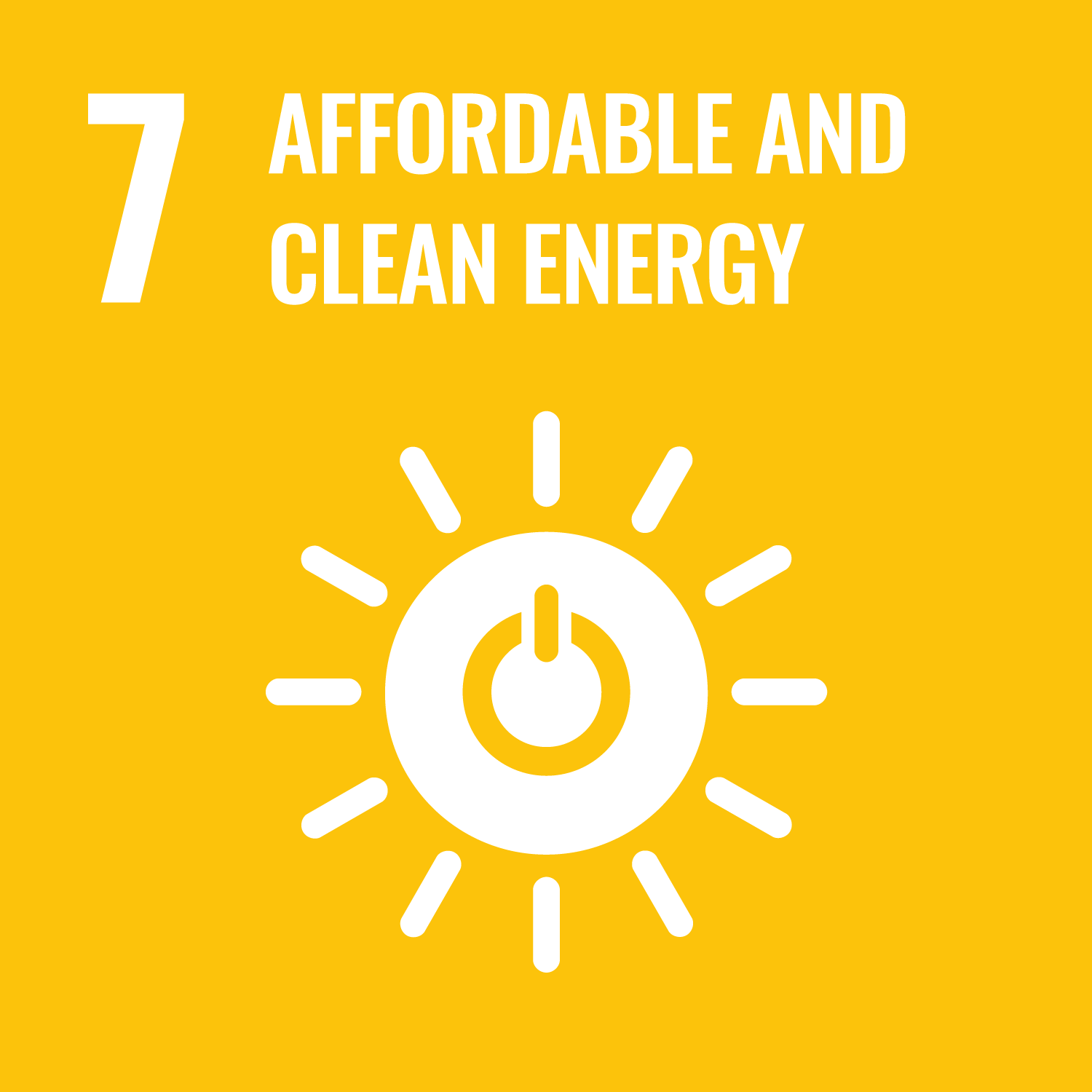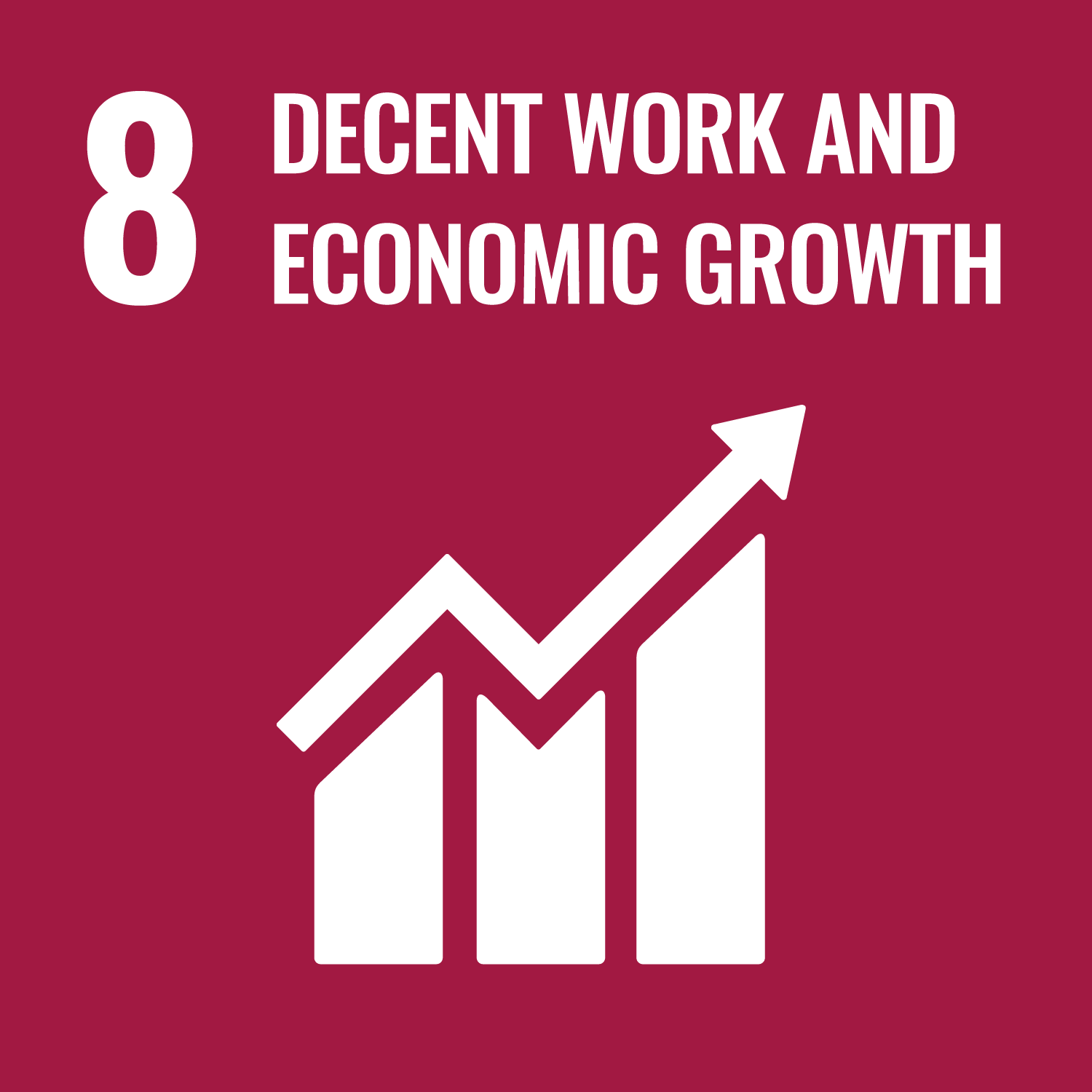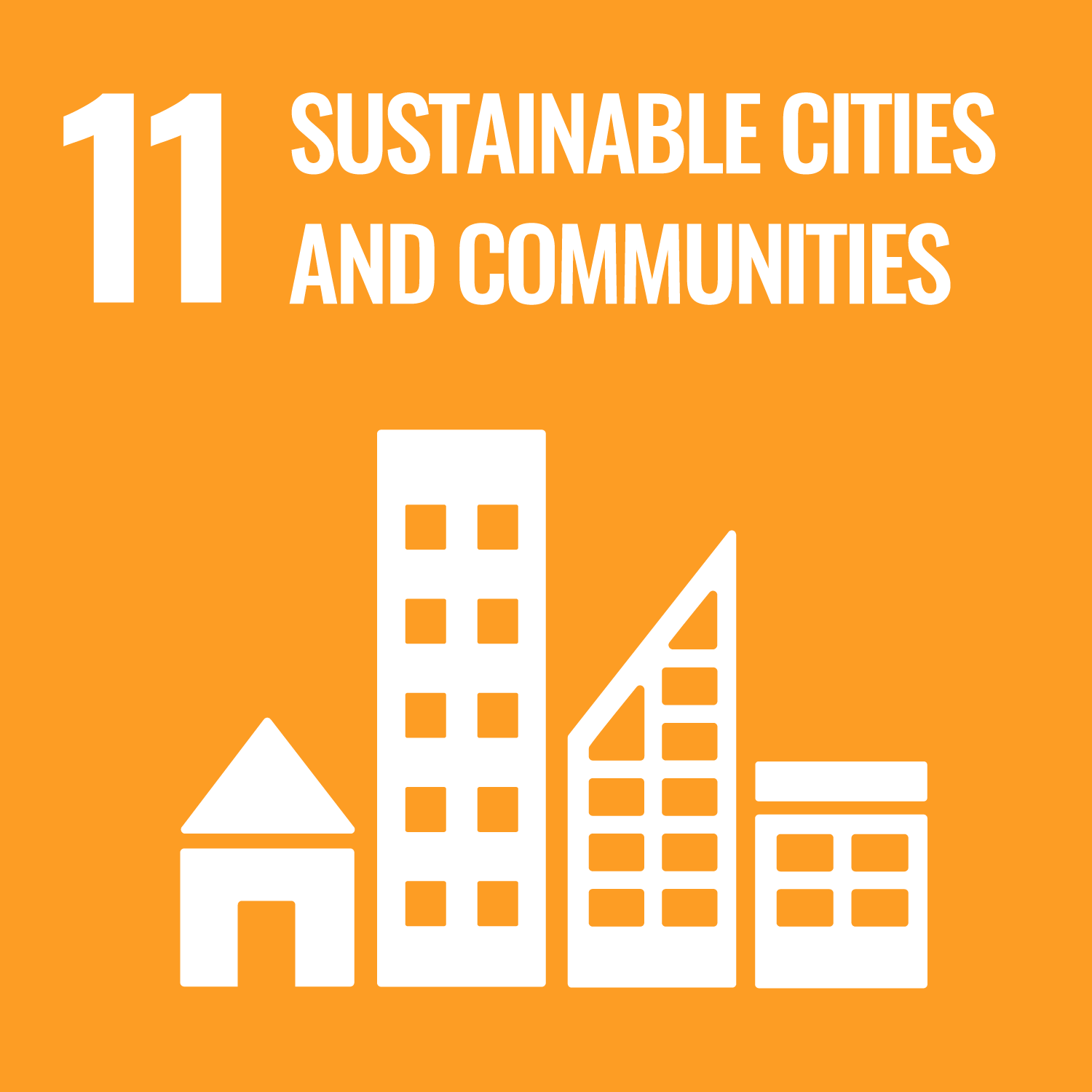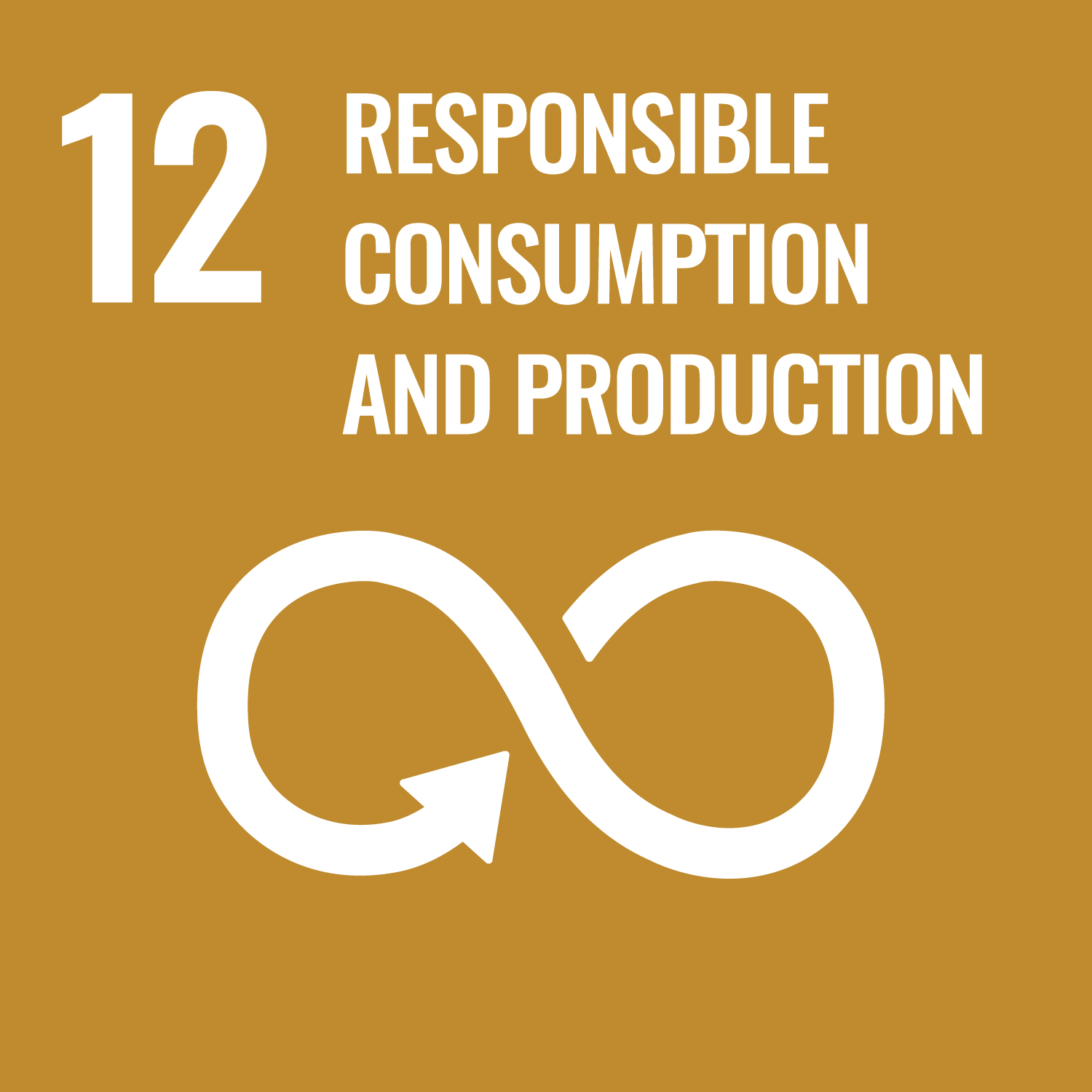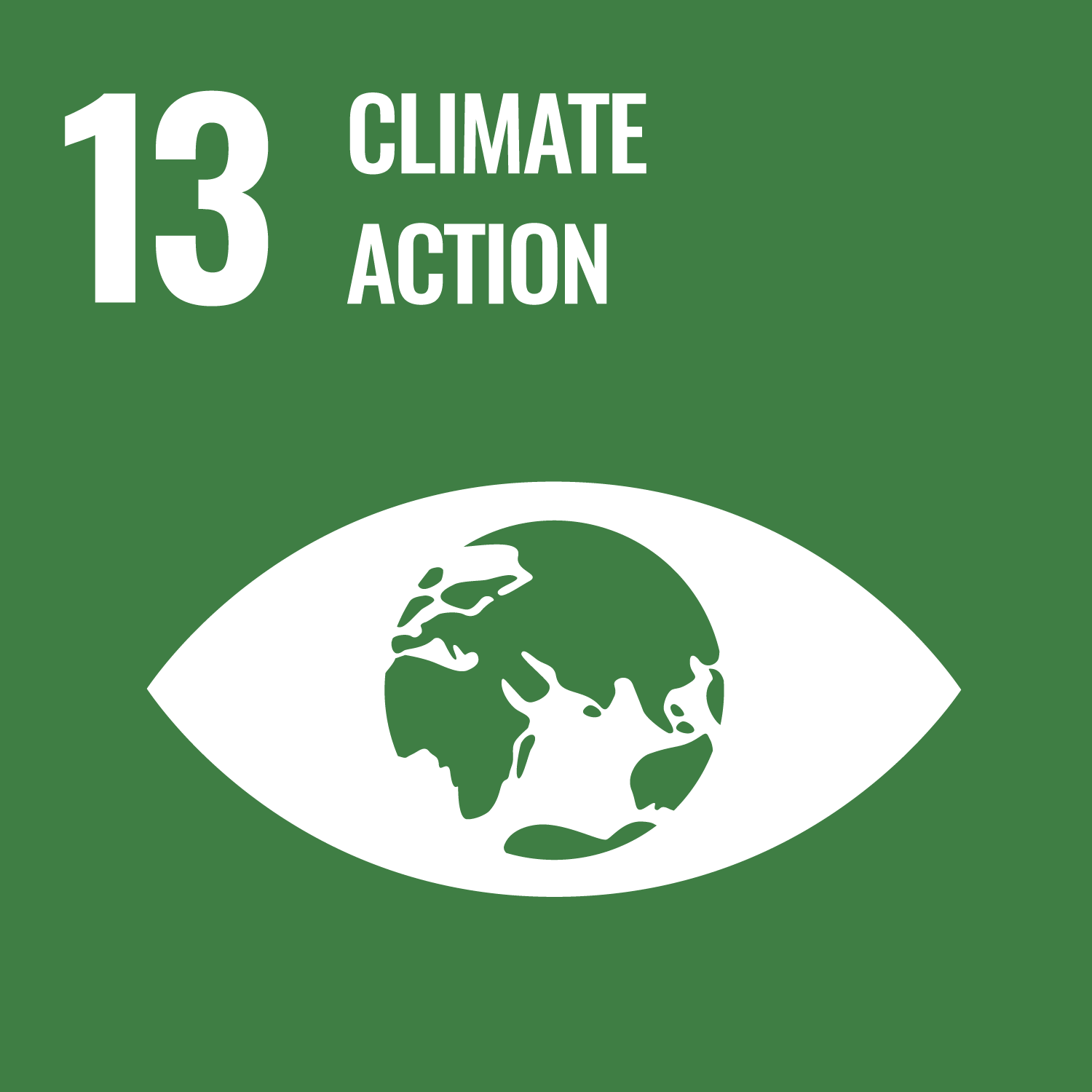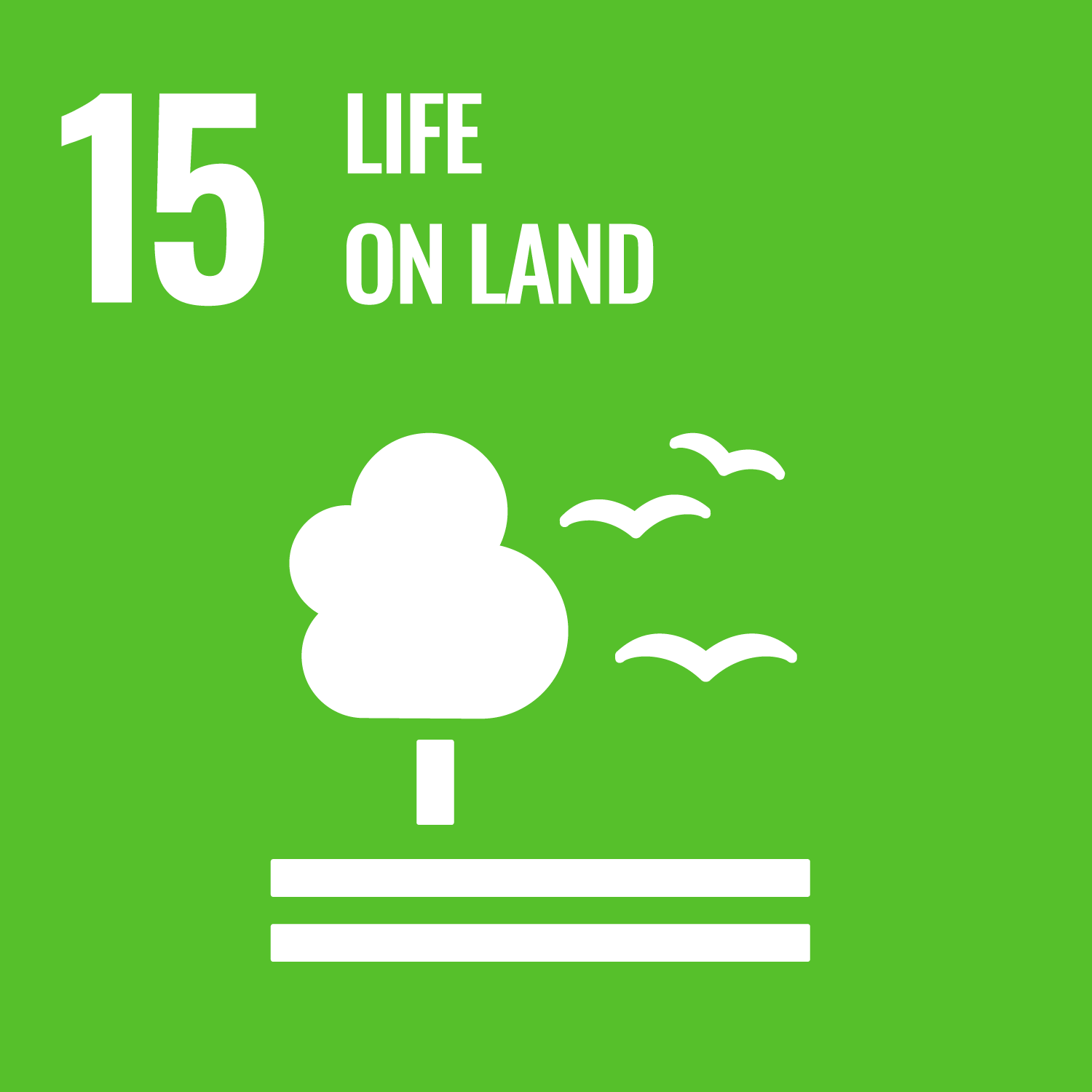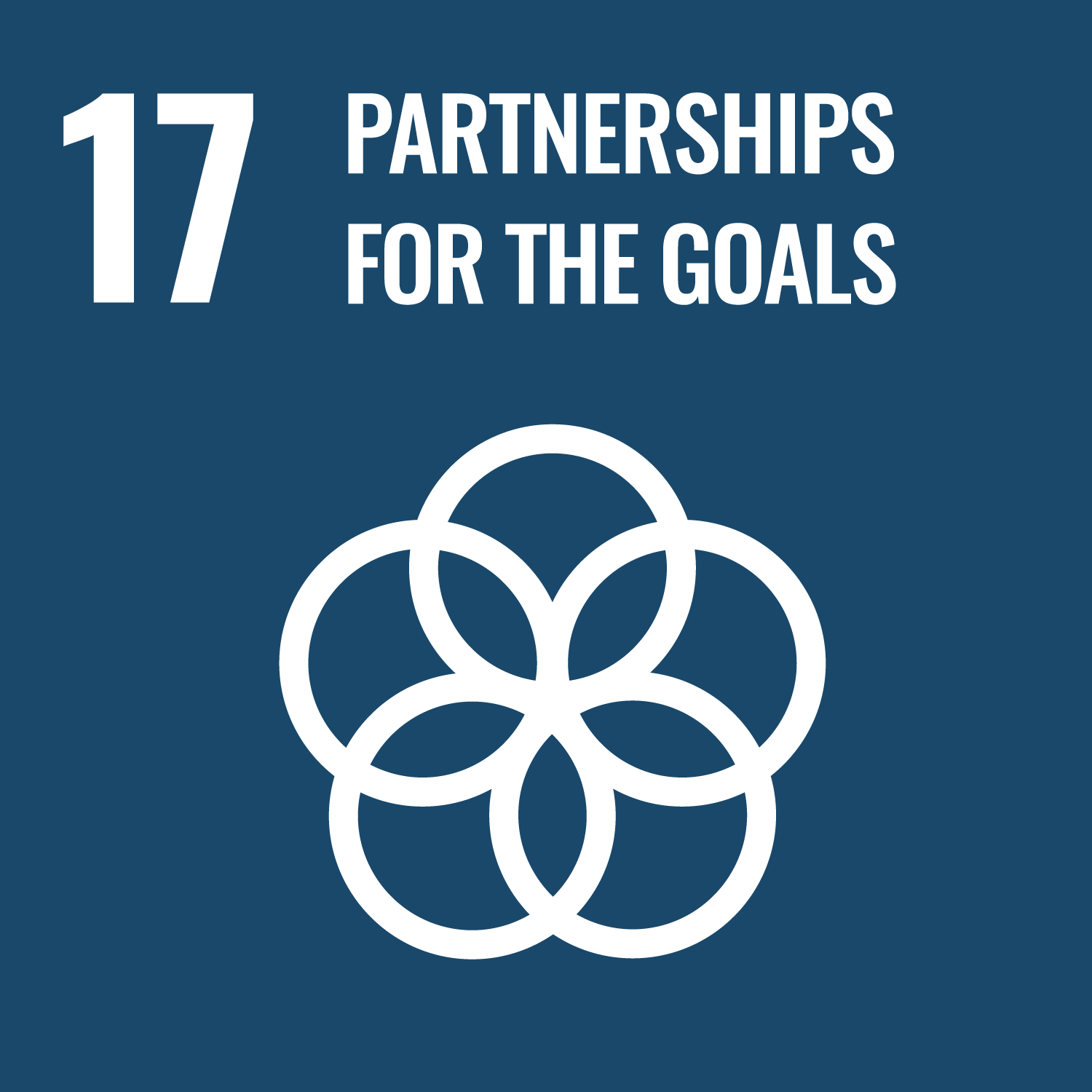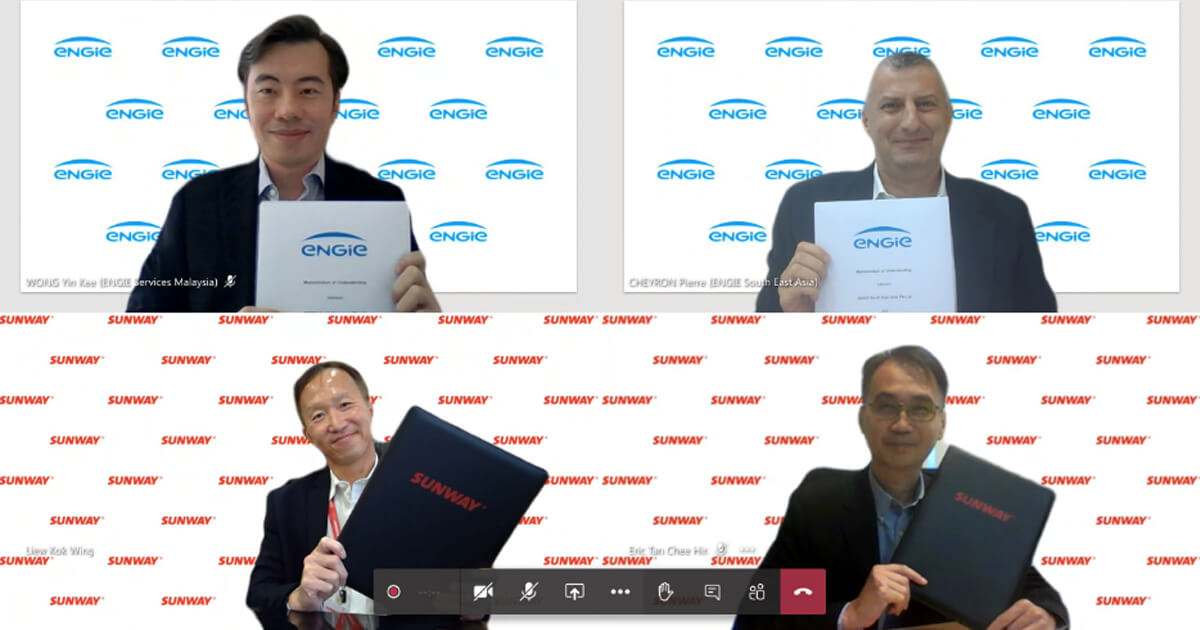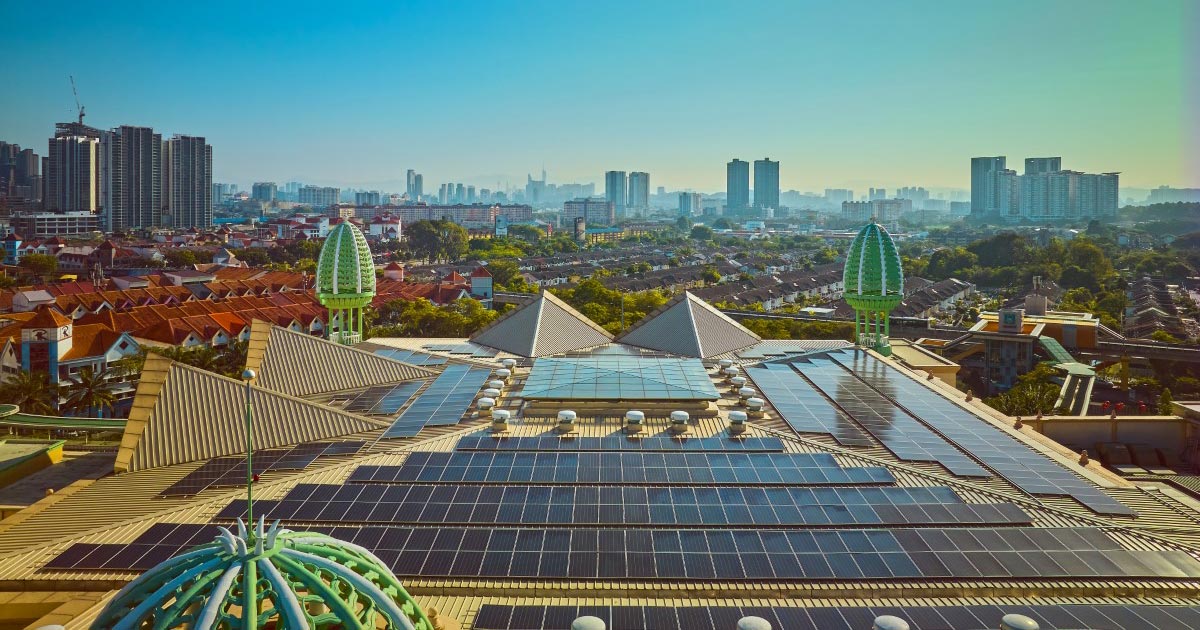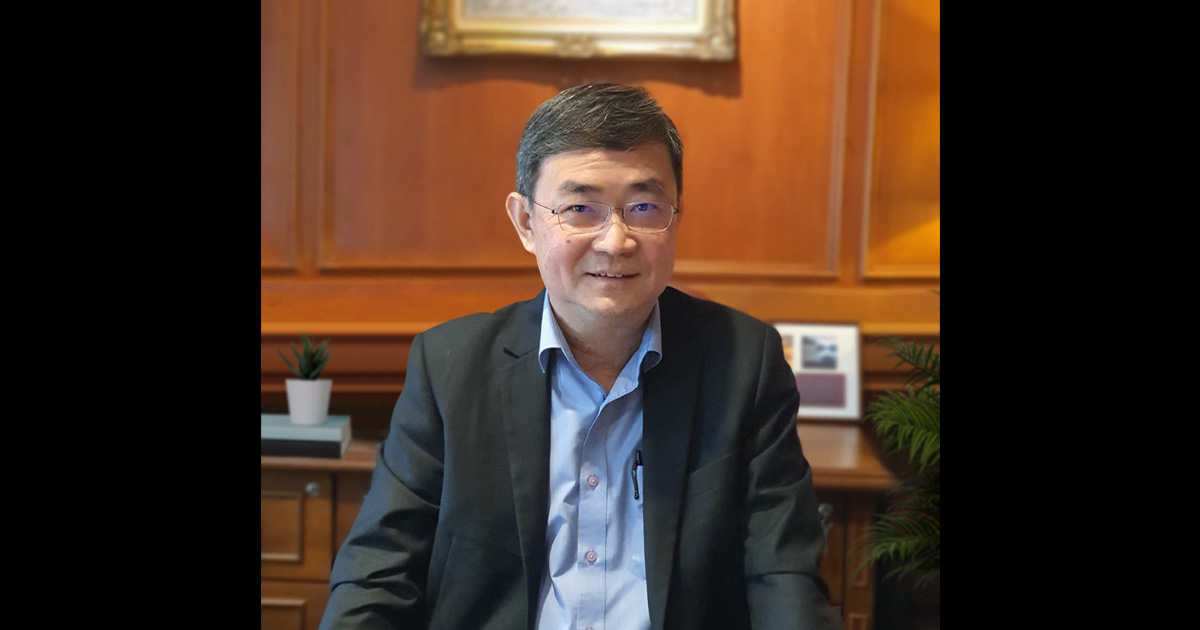The Urgency Of Transitioning To Low-Carbon Energy
-
The global energy landscape, dominated by fossil fuels since the Industrial Revolution, presents significant challenges for both climate and human health.
-
The burning of fossil fuels accounts for approximately three-quarters of global greenhouse gas emissions and is a major contributor to local air pollution, resulting in an estimated 5 million premature deaths annually.
A rapid transition to low-carbon energy sources, such as renewable technologies and nuclear, is crucial to mitigate climate change and improve air quality. Encouragingly, in 2023, renewables generated a record 30% of global electricity, driven primarily by growth in solar and wind power. Further demonstrating this momentum, projections from September 2024 indicated that global solar capacity additions for that year were on track to reach 593 gigawatts—approximately 200 gigawatts higher than January forecasts by the International Energy Agency and Wood Mackenzie. Notably, solar capacity additions in 2024 were likely to surpass all coal additions since 2010.
While electricity generation is increasingly decarbonised, decarbonising other energy sectors like transport and heating, which rely heavily on oil and gas, presents a greater challenge. These sectors are concentrated in urban areas, which generate over 75% of a country’s gross domestic product and are therefore key drivers of global economic growth. Cities also account for approximately 75% of global primary energy consumption and 50–60% of global greenhouse gas emissions. While renewables account for nearly one-third of global electricity generation, they currently represent only about one-seventh of global primary energy supply.
Nuclear power offers a versatile solution by providing both electricity and heat for diverse applications. Heat requirements vary widely, from low temperatures for hot water, steam for agro-industry, district heating, and seawater desalination, to extremely high temperatures (up to 1000°C) for industrial processes such as chemical production, enhanced oil recovery, and oil refining processes. Water splitting for hydrogen production also falls within this high-temperature range. While steam can provide heat up to approximately 550°C, higher temperatures require direct process heat due to increasing steam pressure.
Sunway Construction’s Contribution to Renewable Energy and Energy Efficiency

Sunway Construction (SunCon) plays a key role in expanding renewable energy capacity as an Engineering, Procurement, Construction, and Commissioning (EPCC) contractor for large-scale solar (LSS4) photovoltaic plants. SunCon’s key projects include:
- A 50 MW facility in Kapar, Klang, for Sharp Ventures Solar Sdn Bhd (SVS), awarded in October 2022 for RM185 million. This contract encompassed the construction of a new 132kV substation, associated facilities, a transmission line, and related works at the TNB Interconnection Facility.
- A 50 MW facility in Gopeng, Perak, for Gopeng Bhd, contracted in January 2023 for approximately RM200 million.
Beyond these projects, SunCon has invested in distributed generation through the ownership of multiple rooftop solar assets participating in the Net Energy Metering (NEM) programme. SunCon also acts as a solar power producer within the Corporate Green Power Programme, a virtual power purchase agreement (VPPA) framework established by the Energy Commission in November 2022 to promote corporate uptake of green energy solutions in Malaysia.
Complementing these efforts, SunCon’s investment in District Cooling Systems provides a significantly more efficient and sustainable cooling solution, resulting in reduced energy consumption, lower operating expenses, and a minimised environmental footprint compared to conventional building-level cooling.
Powering ASEAN Green Future
Beyond its direct involvement in solar installations and District Cooling Systems, Sunway, through the Jeffrey Cheah Foundation, supports the UN Sustainable Development Solutions Network (SDSN) in its efforts to advance the ASEAN Power Grid. This collaboration focuses on developing long-term vision, effective market and regulatory frameworks, and innovative financing mechanisms crucial for expanding regional power interconnections and facilitating the integration of variable renewable energy sources across Southeast Asia.












